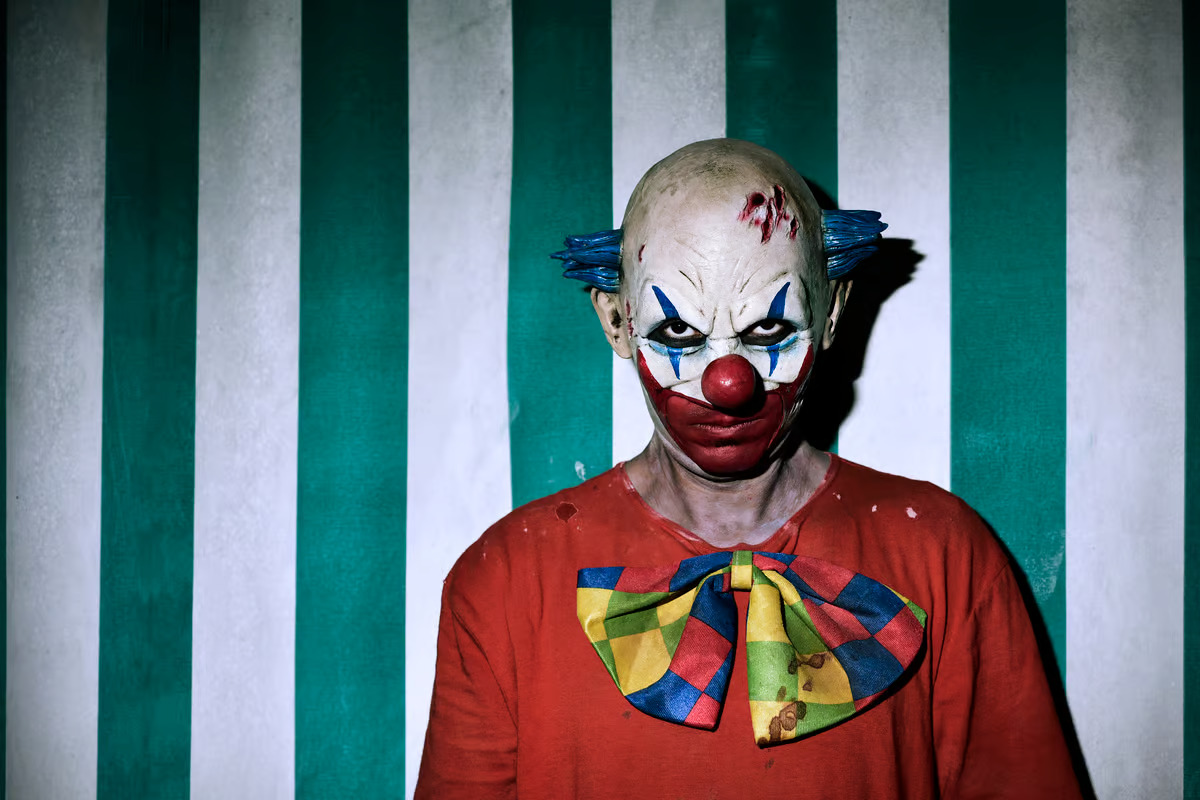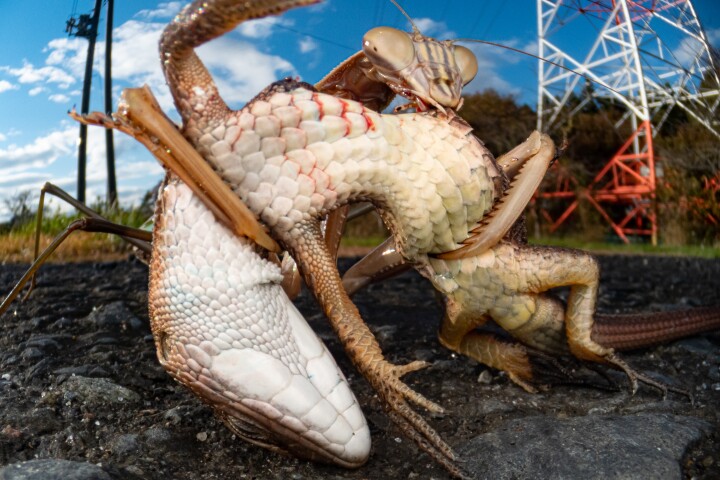 UK researchers have investigated the origins of coulrophobia, or fear of clowns, with some surprising results Depositphotos
UK researchers have investigated the origins of coulrophobia, or fear of clowns, with some surprising results Depositphotos
–
Pennywise, Twisty, Wrinkles, Bozo, Krusty and Ronald McDonald. What do these names have in common? They’re all clowns, and, to some people, they’re terrifying. A new study has examined the widespread phenomenon of clown phobia to determine how it begins.
A fear of clowns – the technical term is coulrophobia – is highly prevalent, affecting people of all ages and across different cultures. But it does not need to be a nasty clown appearing in a movie or on TV; just seeing an innocuous clown at the circus or a children’s birthday party can make some people run in the other direction.
While coulrophobia is not classified as a distinct condition in the fifth edition of the Diagnostic and Statistical Manual of Mental Disorders (DSM-5), it could fall into the category of a specific phobia in the class of anxiety disorders. Previous research has put forward some explanations for the phobia, but none have focused on the origins of this specific fear.
A new study by researchers from the School of Psychology and Therapeutics Studies at the University of South Wales, UK, has examined the psychology behind why clowns scare people.
They constructed a novel questionnaire to explore individual reactions to clowns, and the relationship between coulrophobia and demographic factors such as age and gender. Questions related to the appearance and facial features of clowns, their behavior, the portrayal of clowns in popular culture, and whether the person had had a negative experience with a clown.
A survey sample of 987 participants aged between 18 and 72 was selected, comprising 80% females and 20% males. A little over half, 53.5%, of the participants indicated that they feared clowns to some degree, with 5% saying they were “extremely afraid” of them.
As an aside, the percentage reporting an extreme fear of clowns is slightly higher than that reported for other phobias, such as animals (3.8%), blood, injections and injuries (3.0%), heights (2.8%), and flying (1.3%).
Regarding demographic factors, women were found to be more afraid of clowns than men, which corresponds with existing research on other phobias. It may also be a product of the large number of women versus men in the study’s sample group. And, similar to other phobia-related research, it was found that coulrophobia decreases with age.
But the study produced some interesting results. Contrary to what you would expect, having a negative experience with a clown ranked lowest as a factor contributing to a fear of clowns, indicating that this alone is an insufficient explanation. The negative portrayal of clowns in popular culture was a much stronger contributing factor.
But the strongest factor identified by the questionnaire was hidden emotional signals. A clown’s makeup hides their true facial expressions, making it difficult to interpret intent. The results suggest that fear of clowns is caused by not knowing if a clown is angry or, indeed, what they are thinking or what they might do next.
The study goes a long way towards providing insight into the causes underlying the widespread phenomenon of coulrophobia. But the research naturally leads to more questions that are worth investigating in future studies.
As the researchers said in an article in The Conversation, “if makeup which masks emotions causes fear, do people who have their faces painted as animals also create the same kind of effect? Or is there something more particular about the makeup of clowns that drives this fear?”
The study was published in the journal Frontiers in Psychology.
Source: The Conversation
























